GCP API Gateway vs Apigee

Load Balancer
To expose an API hosted in GCE, Cloud Run, GKE we can use the legacy method of using Load Balancer, but if we have several services then the number of load balancer.
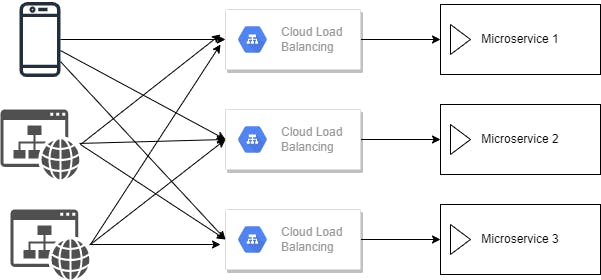
The draw backs of using legacy method is that managing many load balancers get complex with the number of services increasing.
API Gateway
To provide better way for handling multiple services and their route API Gateway is used.

What is an API Gateway? The fundamental component of an API management system is an API gateway. It serves as the system's one entry point, allowing different APIs or services to work cohesively and give a smooth user experience. The API gateway's primary function is to ensure the reliable processing of each API call. Furthermore, the API gateway enables the creation of API specifications, the provision of security practices, and the policy management of APIs.
Why use an API Gateway?
- It safeguards your APIs from misuse and overuse by utilizing an authorization service and rate limitation.
- Because the API gateway stands above your front-end apps and microservices, it acts as a security barrier, preventing sensitive
- API Access Points from being disclosed. The API gateway handles routing, structuring the answer, and even caching.
API Gateway Pros and Cons Pros:
- This solution provides a single interface for accessing your API.
- In terms of the most valuable aspects, we'd say that it's really simple to get started with it.
- Its most significant aspect is its security component, as it is primarily a security solution. It has simple authentication and authorization, as well as helpful integration.
- If you utilize the GCP API gateway, connecting and maintaining the current GCP services is simple.
Cons:
- The only real disadvantage is that you must be familiar with a great deal of information beyond the API gateway to make maximum use of it.
- It would be advantageous to have a more comprehensive development environment for the programmer, with various integrative capabilities for managing the API's lifecycle.
- Certain tasks are difficult to control and set using the user interface.
Features of API Gateway in GCP API Gateway service in GCP gives a comprehensive dashboard regarding the request and health.
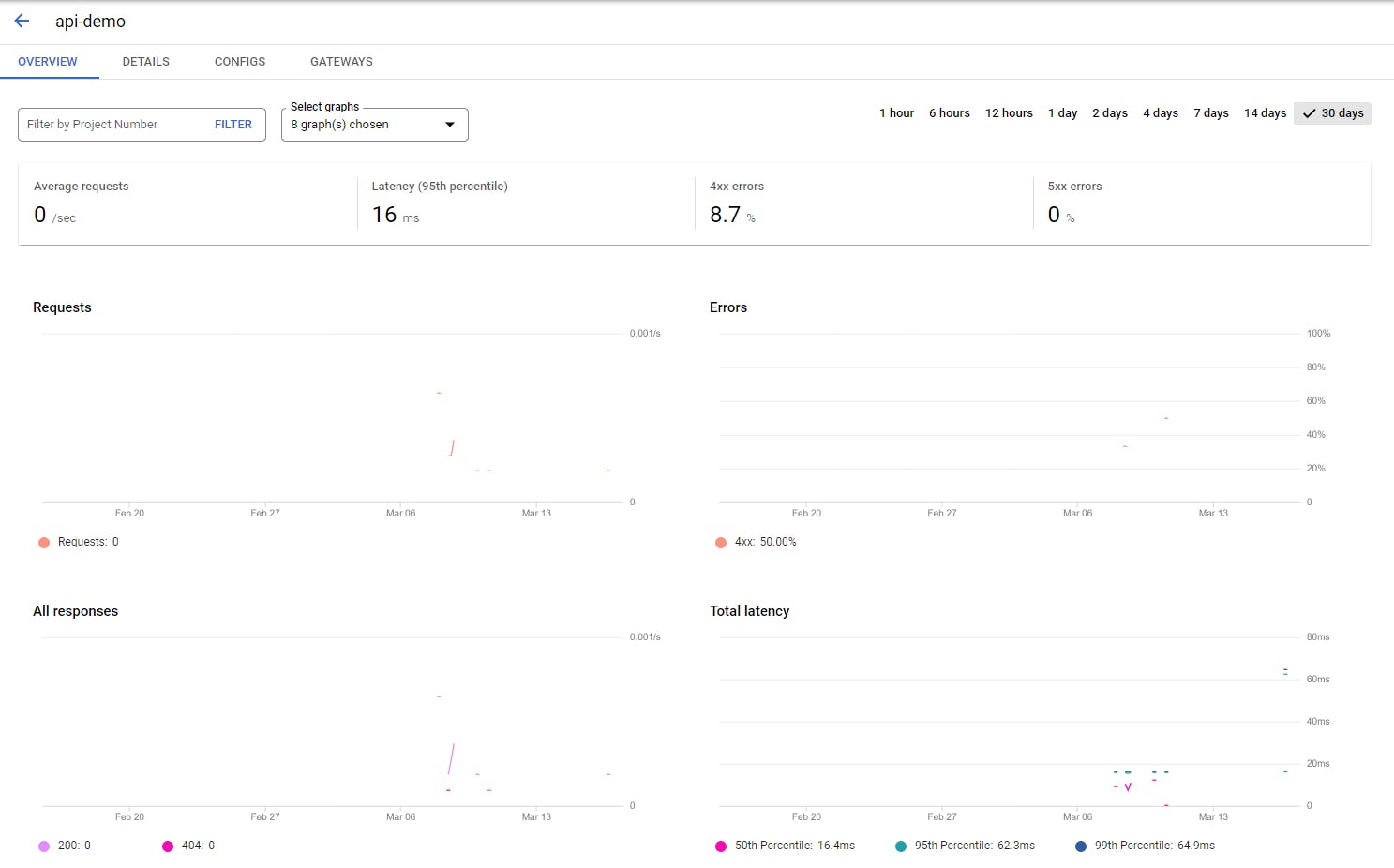
Apigee
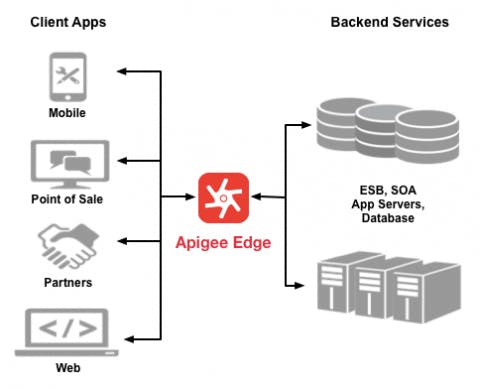 What is Apigee?
Apigee is a Google-provided API gateway management solution for exchanging data among cloud systems and applications. Due to the fact that a large number of websites and services are supplied via RESTful APIs, API gateways are used to link various websites and services to ensure data feeds and enhance network technology. Apigee is one solution that can administer the API gateway and simplify developing and deploying contemporary, developer-friendly applications.
What is Apigee?
Apigee is a Google-provided API gateway management solution for exchanging data among cloud systems and applications. Due to the fact that a large number of websites and services are supplied via RESTful APIs, API gateways are used to link various websites and services to ensure data feeds and enhance network technology. Apigee is one solution that can administer the API gateway and simplify developing and deploying contemporary, developer-friendly applications.
Why use Apigee?
- Create API proxies conveniently and write or configure API rules graphically as steps in the API flow.
- Consistently apply government rules and best practices in terms of security throughout all APIs.
- Apigee Edge's three-stage authoring process enables you to create reusable access restrictions and gateway content.
- Utilize real-time actionable insights to analyze traffic spikes, dive deeper into API traffic information, and track live API requests.
- Leverage innovative revenue models to create new possibilities, grow API initiatives, and go beyond established business models.
Apigee Pros and Cons Pros:
- Apigee's tracking function is quite useful.
- In general, there are a plethora of security features.
- Anyone with little expertise may create an API.
- Scalability and technical assistance are the most valuable characteristics.
- The adaptability enables rapid deployment of cloud-native software architecture.
Cons:
- Apigee is resource-intensive, which means that the setup cost for an on-premises implementation is rather expensive.
- It would be beneficial to have improved capability for verifying inputs and outputs.
- The solution frequently conceals the limits in order to continue selling the product.
- A container-based solution might simplify the installation and deployment procedure.
Features of API Gateway in GCP using Apigee we can manage not only GCP but also services deployed in legacy system.
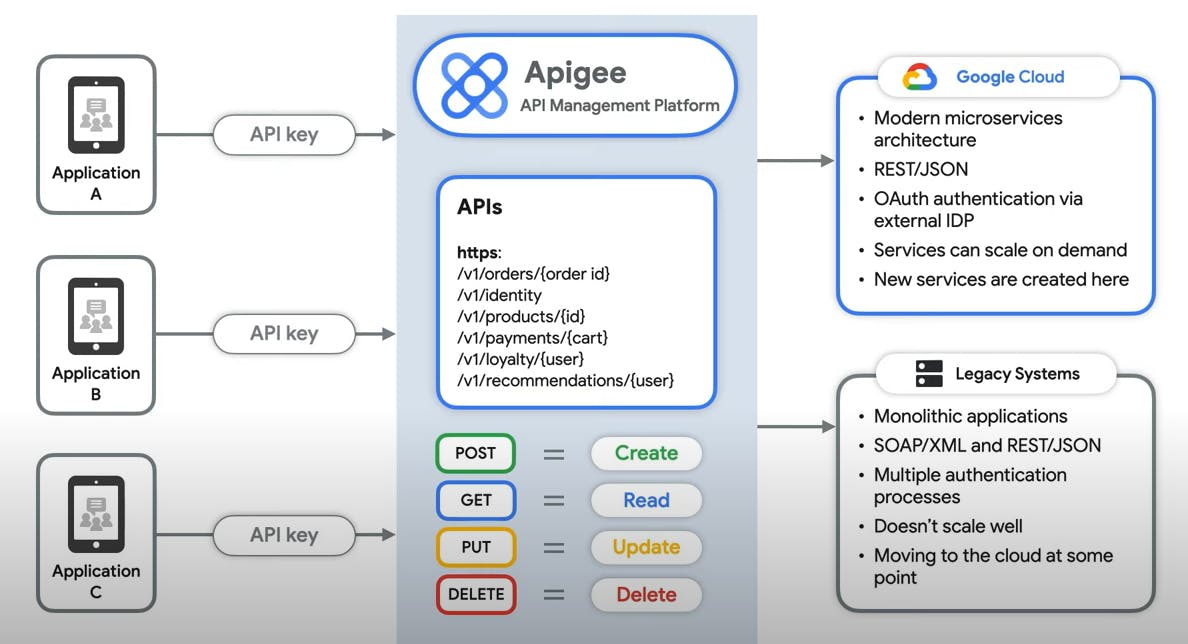
Apigee Goals

Application Console to manage API's
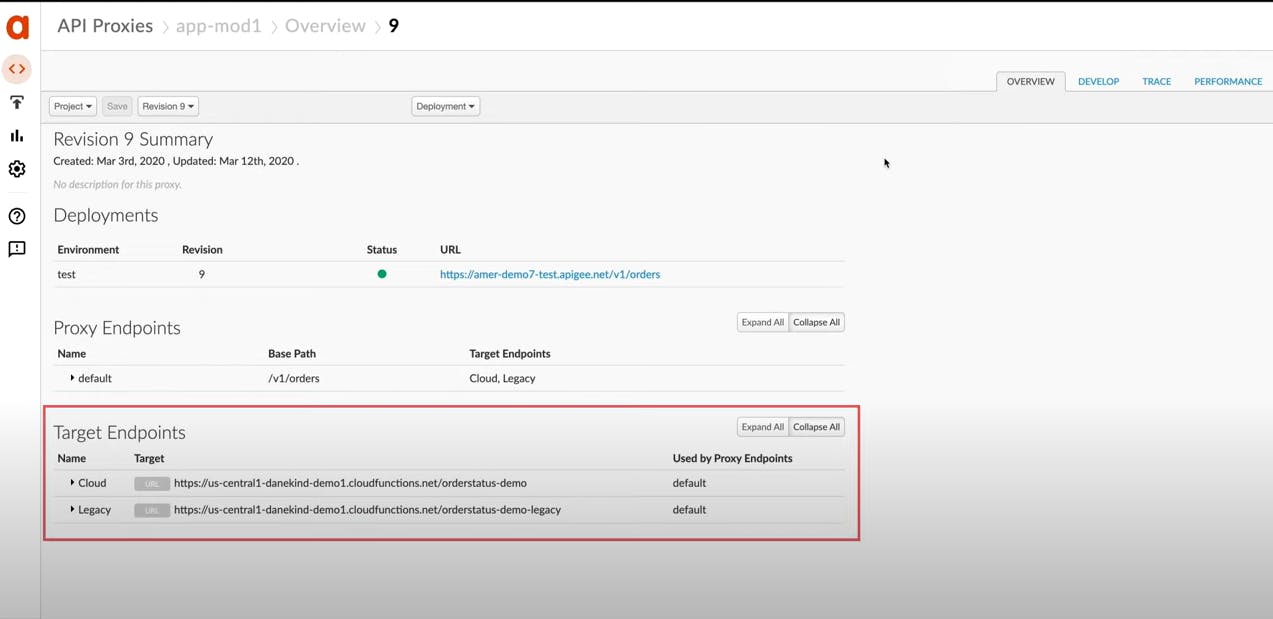 APikey, limit the request, quota and various features available in Apigee
APikey, limit the request, quota and various features available in Apigee

Apigee vs. API Gateway: Comparison
| Apigee | API Gateway |
| API platform that is intelligent and comprehensive. | Build, deploy, manage, analyze, and secure APIs at any scale. |
| API that is very scalable and safe. | Integration with GCP Services. |
| Several API Endpoints including all methods are available through a single proxy. | Each action method must be configured independently for each endpoint. |
| Provide complete API development lifecycle management. | Has fewer capabilities. |
| Nothing has to be configured. | Each query or route parameter must be configured. |
To summarize
API Gateway, is integrated to App Engine, Cloud Run, GKE. API Gateway has the basic features of an API Gateway Proxy: authentication, API key validation, logging.
Apigee has more advance features, like quota, billing, request pre and post processing. In addition, it has the capability to connect APIs that differ than REST and gRPC and thus can be integrated with a legacy application. Apigee is expensive but then it offers lot of features as well.

